Have you ever caught your cat stalking a feather toy with laser focus, or watched your dog spin in circles before lying down? These quirky actions are more than just cute quirks—they’re echoes from a wilder past. Our pets, despite their cozy lives and soft beds, carry ancient instincts deep within them. These behaviors are living fossils, hidden in plain sight, showing us glimpses of the wild creatures they once were. The next time your dog digs at the carpet or your parrot screeches at dawn, remember: you’re witnessing millions of years of evolution playing out, right in your living room. Let’s dive into 19 surprising pet behaviors that are pure evolutionary throwbacks—and discover the wild animal hiding beneath the fur, feathers, and purrs.
Pouncing and Stalking in Cats
Even the sleepiest house cat can suddenly transform into a stealthy predator, eyes locked on a toy or even your unsuspecting toes. This behavior, known as pouncing and stalking, is a direct inheritance from their wild ancestors. Wildcats and big cats rely on stalking to get as close as possible to their prey before making a final, explosive leap. For your cat, the living room becomes a savanna, and that crumpled piece of paper is as thrilling a challenge as a mouse in the wild. This instinct helps keep their hunting skills sharp, even if their “prey” is nothing more than a jingly ball. It’s a way for indoor cats to satisfy their deep-seated need to hunt, burn energy, and exercise their bodies and minds. Next time your cat crouches low, tail twitching, watch in awe—you’re seeing a tiny tiger at work.
Dogs Circling Before Lying Down
Have you noticed your dog turning around in circles before settling down for a nap? This seemingly odd ritual has ancient roots. Wild dogs and wolves would trample grass and leaves to create a comfortable, safe spot for sleeping. Circling helped flatten the area, drive out pests, and check for hidden dangers. Though your dog now sleeps on a plush bed, this instinctual dance remains. It’s a fascinating example of how behaviors that once meant survival still play out, even when the original purpose no longer exists. The next time your furry friend spins before lying down, it’s their inner wolf making sure the “den” is just right.
Tail Wagging in Dogs
A wagging tail often signals happiness, but the meaning behind it is much more complex. In the wild, tails are crucial for communication among pack members. Wolves use tail positions and movements to express dominance, submission, excitement, or caution. Domestic dogs have inherited this nuanced language. The speed, height, and direction of a wag can tell you if your dog is relaxed, nervous, or on alert. This ancient communication tool helps dogs navigate social situations, both with humans and other pets. When your dog greets you with a whirlwind tail, it’s more than joy—it’s a language millions of years in the making.
Kneading in Cats
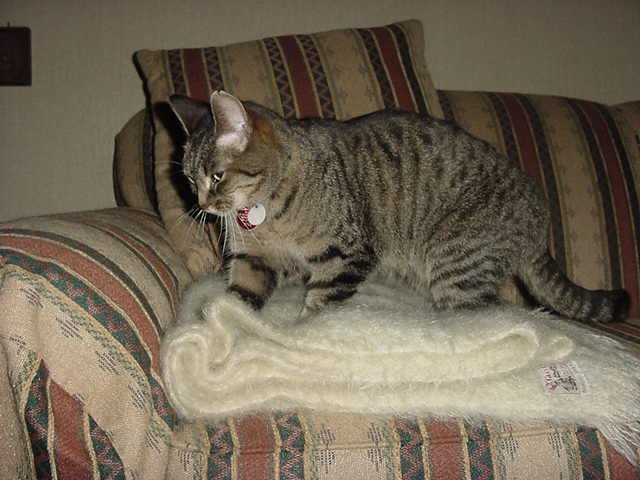
That adorable habit of cats pushing their paws in and out against your lap is called kneading. It starts in kittenhood, when they knead their mother’s belly to stimulate milk flow. But why do adult cats continue the behavior? In the wild, feline ancestors would knead soft ground or foliage to create a cozy nest. This comforting motion releases endorphins and marks territory with scent glands located in their paws. If your cat kneads you, consider it a sign of trust—and a gentle reminder of their wild heritage.
Burrowing and Digging in Dogs

Many dogs have an irresistible urge to dig—whether it’s in the backyard or under the couch cushions. This habit harks back to wild canines, who dug holes to create dens for shelter, protection, or storing food. Terriers, bred to hunt burrowing animals, are especially notorious for this behavior. Even pampered lapdogs may dig instinctively to find a cool spot or hide a favorite toy. It’s a messy reminder that, deep down, every dog is still part digger, part explorer.
Hissing and Puffing Up in Cats
When a cat feels threatened, they may arch their back, puff up their fur, and let out a fierce hiss. This dramatic display is a survival tactic inherited from their wild relatives. By making themselves look larger and more intimidating, cats hope to scare off potential threats without a fight. In the wild, this bluff can mean the difference between life and death. Even in a safe home, the instinct to hiss and puff up is hardwired—a primal defense mechanism that says, “Back off!”
Howling in Dogs
A dog’s howl can send chills down your spine, echoing the haunting calls of wolves across the tundra. Howling is a powerful form of long-distance communication in the wild, used to rally the pack, mark territory, or locate lost members. While your dog’s howl may be triggered by a siren or a lonely moment, the behavior is a direct link to their wolf ancestors. It’s their way of staying connected and making their presence known—no matter how domesticated they’ve become.
Chattering in Cats
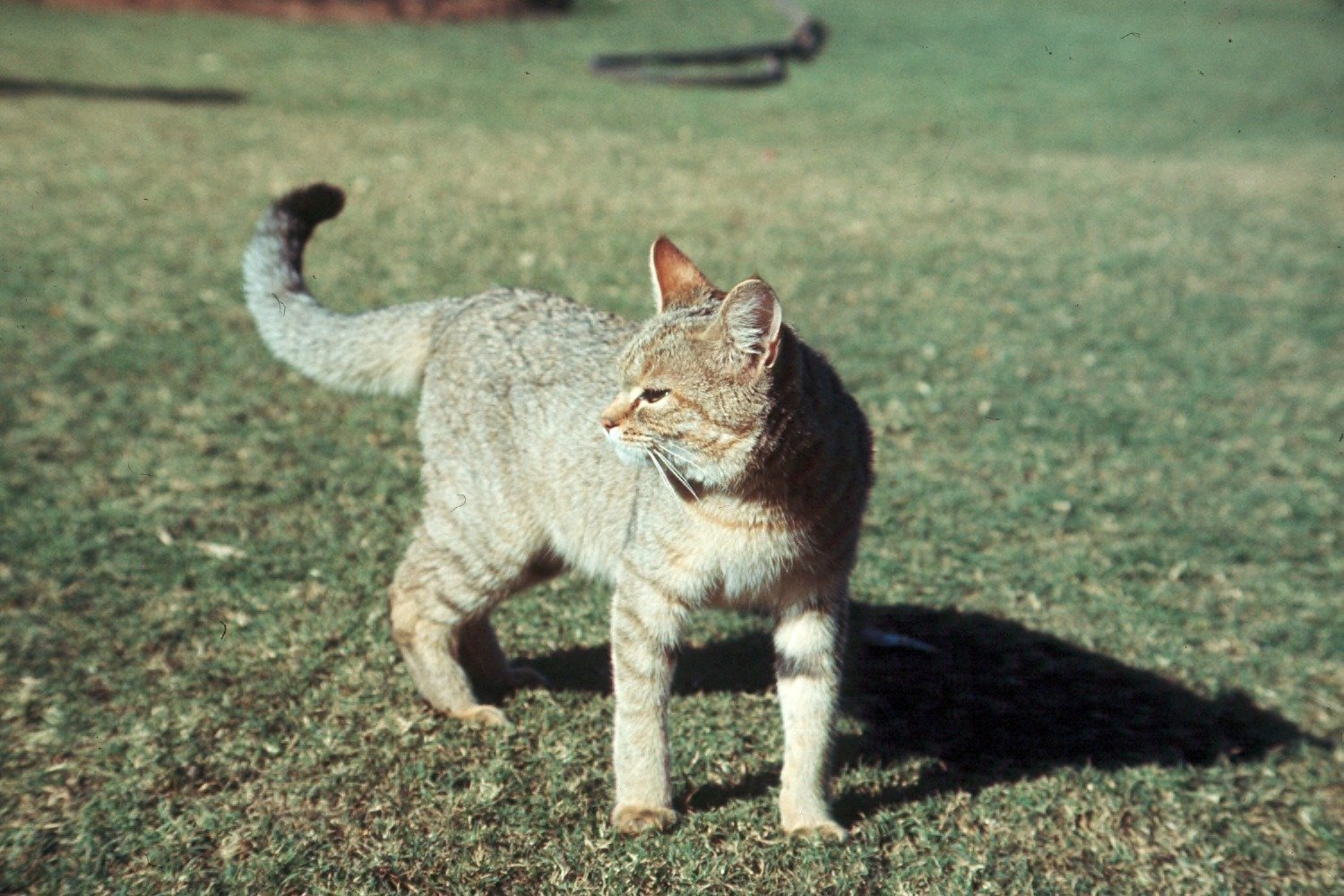
Have you ever heard your cat make a strange chattering sound while watching birds through the window? This quirky vocalization is another evolutionary throwback. Wild cats use similar sounds when excited or frustrated by prey just out of reach. Some scientists believe the chattering mimics the killing bite, or perhaps it’s a way to express the thrill—and agony—of the hunt. When your indoor kitty chatters at the birds outside, they’re channeling their inner hunter, dreaming of what could be.
Head Tilting in Dogs
Few things are cuter than a dog tilting its head in curiosity. But this endearing gesture has its roots in the wild. Wolves and wild dogs tilt their heads to better locate sounds, assess threats, or understand their environment. For domestic dogs, head tilting can help them pick up on subtle cues in our speech or body language. It’s a reminder of their keen senses, honed by generations of living and surviving in the wild. That adorable head tilt is more than cute—it’s a sophisticated tool for survival and connection.
Burying Food in Dogs
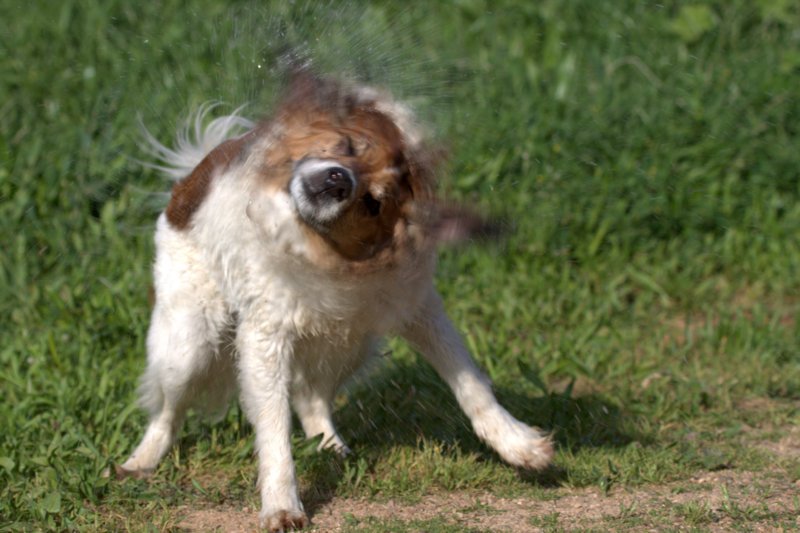
If your dog has ever tried to hide a bone in the garden or even under a pile of laundry, you’ve witnessed another wild instinct in action. Wild canines often bury excess food to stash it for later, keeping it safe from scavengers and spoilage. Domestic dogs rarely need to hoard food, but the urge can be irresistible. This behavior is especially strong in breeds with hunting or scavenging backgrounds. It’s a glimpse into a time when every meal was hard-won and worth saving.
Slow Blinking in Cats
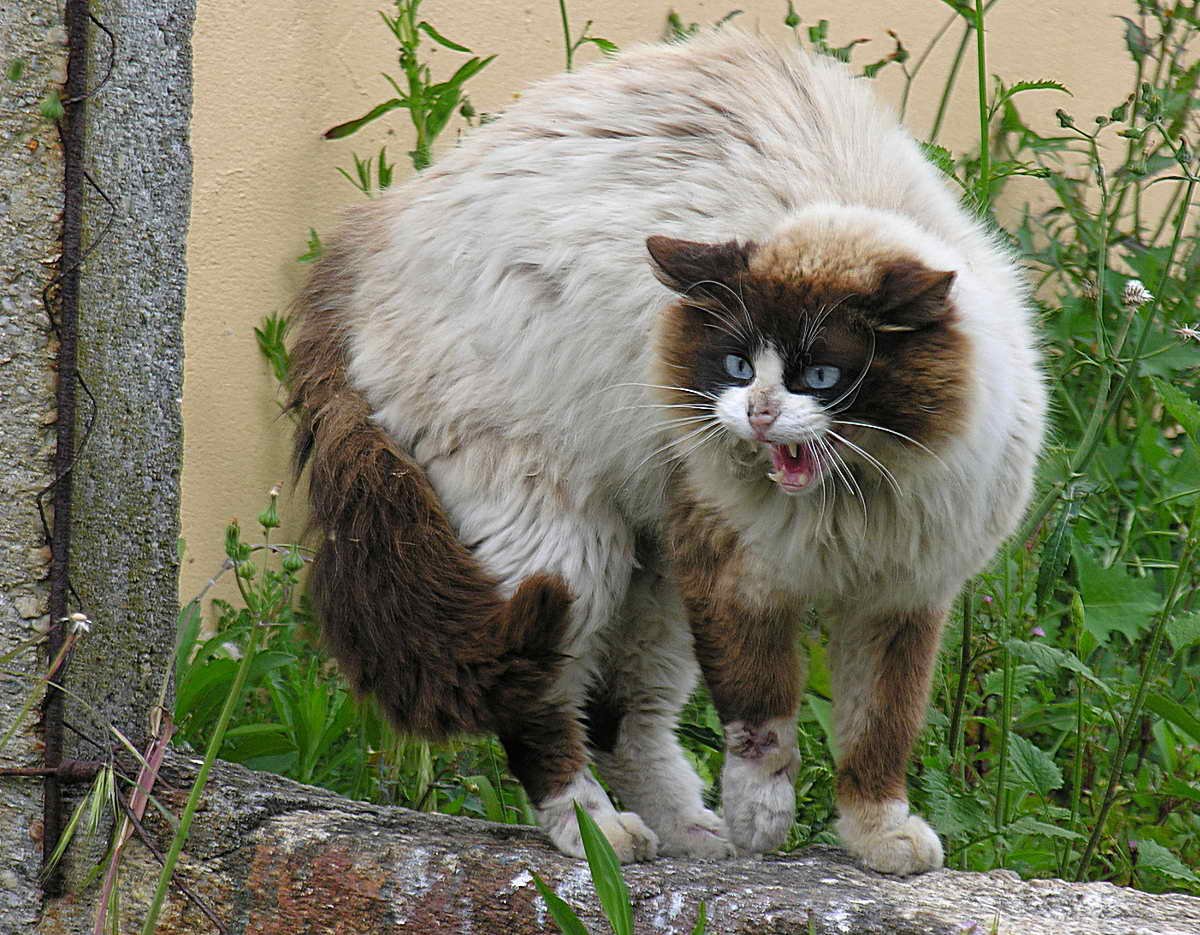
When your cat looks at you and blinks slowly, it might seem like a simple sign of affection. But in the wild, slow blinking is a subtle signal between cats that says, “I mean no harm.” It’s a way to build trust and avoid conflict. Domestic cats use this gentle gesture with humans they love, offering a silent, ancient message of peace. Try returning the slow blink—you might just be speaking cat, in the language of the wild.
Rolling in Scent in Dogs
It’s baffling—and often frustrating—when dogs seek out the smelliest thing around and gleefully roll in it. This bizarre behavior is an evolutionary hand-me-down from wild canines. Rolling in scents masks their own odor, helping them sneak up on prey or confuse rivals. It can also be a way to bring interesting smells back to the pack. While we might wrinkle our noses, for dogs, it’s a sensory adventure and a link to their wild roots.
Nighttime Activity in Cats
Does your cat zoom around the house at midnight, knocking things over and waking everyone up? Welcome to the world of crepuscular hunters. Wildcats are most active at dawn and dusk, when prey is abundant and visibility is low. Domestic cats retain this twilight energy, often unleashing bursts of activity when the rest of the house is winding down. Their wild clock never quite synced up with our own, so those nighttime crazies are just a modern take on the ancient hunt.
Barking at Strangers in Dogs
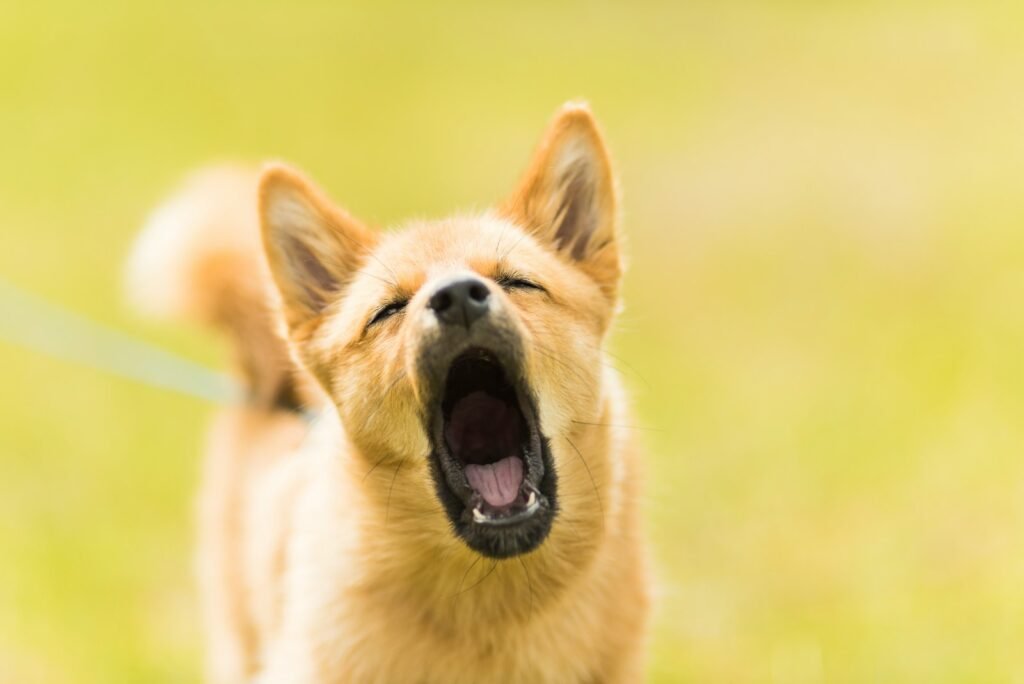
Dogs are famous for sounding the alarm when someone approaches their territory. This watchful behavior is deeply rooted in their wild ancestry. In the wild, barking serves as a warning to both the pack and potential intruders. It’s a way to protect resources and signal that the area is claimed. Even the most docile house dog can turn into a fierce guardian when the doorbell rings, channeling their inner protector.
Grooming and Licking in Cats
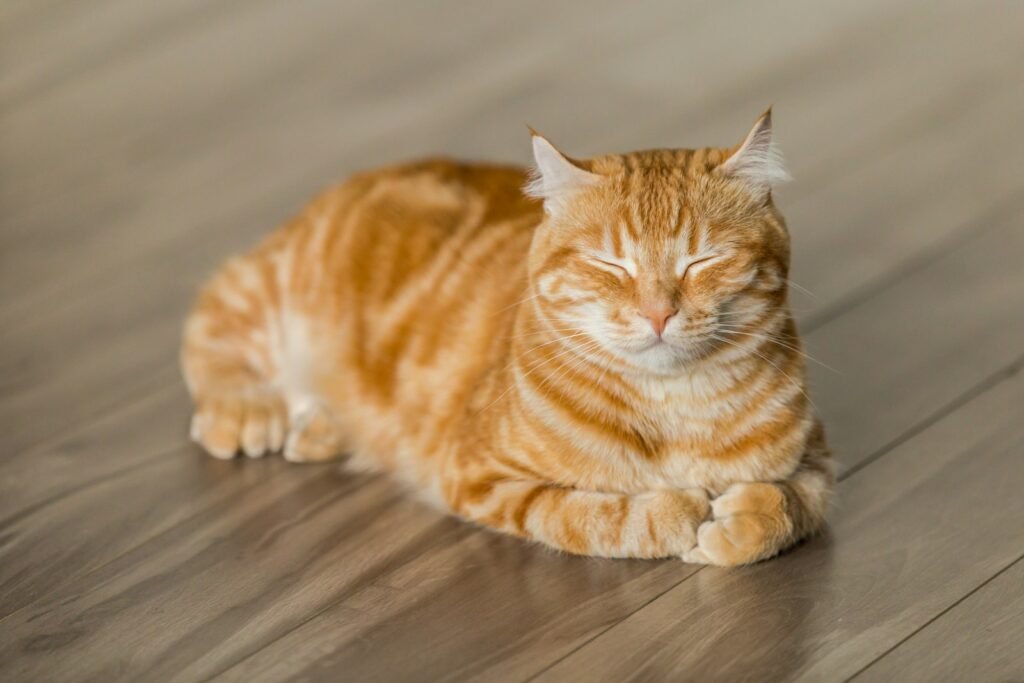
Cats are meticulous groomers, spending hours each day licking their fur. This self-care ritual has practical origins in the wild. Grooming helps cats remove dirt, parasites, and scent traces that could give away their location to predators or prey. It also regulates body temperature and strengthens social bonds when done with other cats. Even solo house cats preserve this ancient routine, keeping themselves not just clean, but ready for anything.
Tail Flicking in Cats

A cat’s tail is a mood ring, flicking and twitching to broadcast their emotions. In the wild, tail movements help cats communicate silently, whether stalking prey, warning rivals, or showing irritation. Domestic cats use their tails to express excitement, annoyance, or concentration. Watching a cat’s tail is like reading an ancient script—a silent dialogue passed down from generations of wild ancestors.
Sniffing Everything in Dogs
Dogs explore the world with their noses, often stopping to sniff every tree, post, or patch of ground. This behavior is a direct inheritance from wild canines, who rely on scent to track prey, identify territory, and learn about other animals. A dog’s sense of smell is their primary tool for survival, and even in a modern home, they can’t resist investigating every intriguing odor. Each sniff is a step back in time, guided by instincts that have shaped canines for millennia.
Feather Fluffing in Birds
Pet birds like parrots and finches often fluff up their feathers, sometimes looking twice their size. This behavior is more than a style choice—it’s a survival tactic from the wild. Fluffing helps birds regulate body temperature, shake off water, or make themselves look bigger to scare off threats. It’s also a way to show contentment or prepare for sleep. Next time your bird puffs up, imagine them facing the elements or warning a rival—it’s all part of their wild DNA.
Scratching in Cats
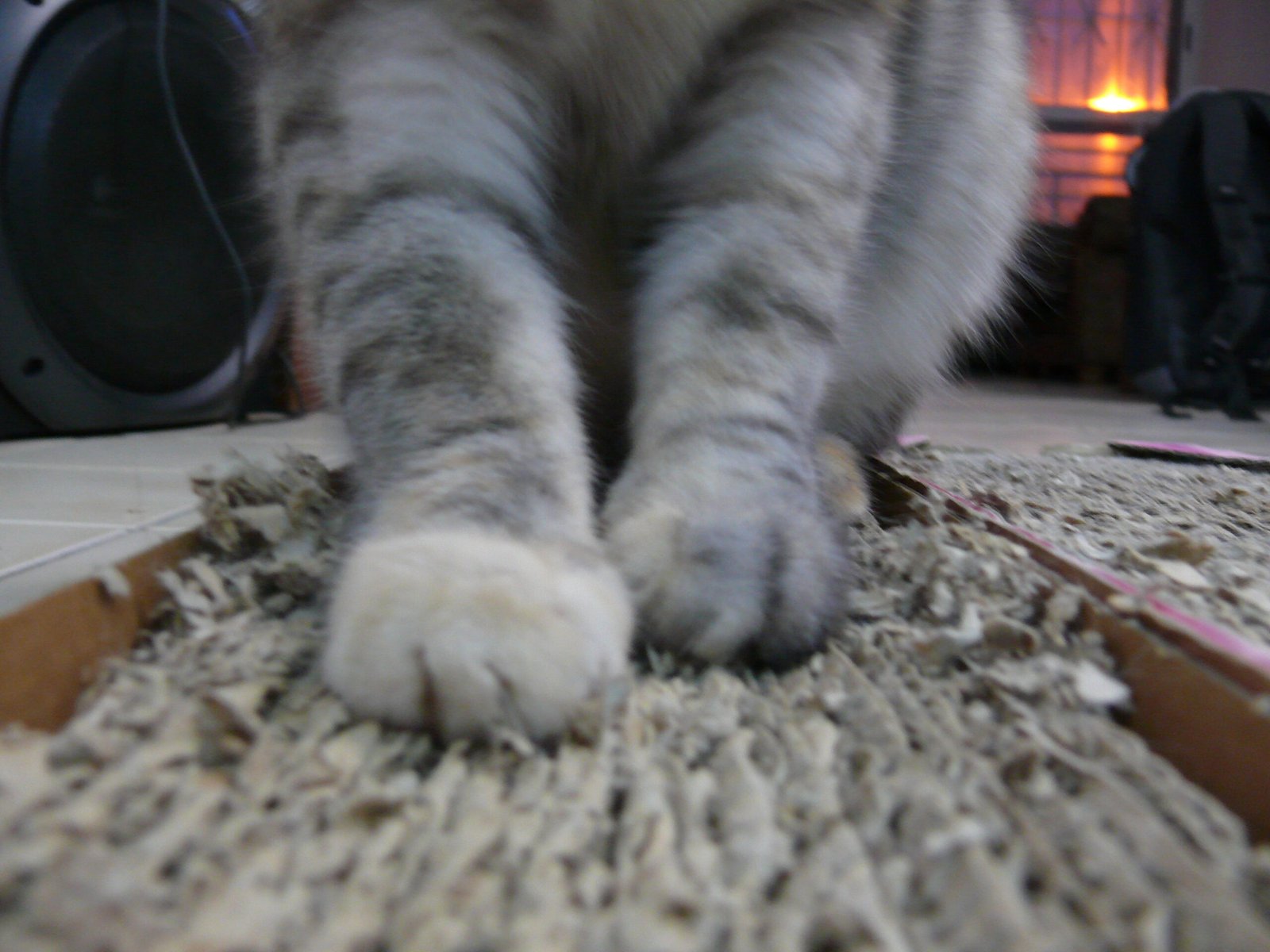
Cats love to scratch—furniture, posts, even your favorite rug. This isn’t just about sharpening claws. In the wild, scratching marks territory, releases pent-up energy, and stretches muscles after a long nap. Scent glands in their paws leave behind a signature that says, “This is mine.” Providing scratching posts gives your cat a healthy outlet for this age-old behavior, saving your furniture and honoring their inner wildcat.
Tail Chasing in Dogs
A dog spinning in circles, chasing its own tail, might look silly, but there’s an underlying instinct at play. In the wild, this behavior could help dislodge pests or relieve irritation. It’s also a way to burn off excess energy or practice coordination. While excessive tail chasing can signal boredom or anxiety, occasional spins are just another playful echo from a time when survival meant staying alert and agile.
These everyday pet behaviors are more than just amusing quirks—they’re windows into a wilder world, carried through generations. The next time your pet does something odd or unexpected, take a moment to marvel at their ancient instincts at work. Isn’t it wild to realize that, even in our homes, the spirit of the wild still lives on?




